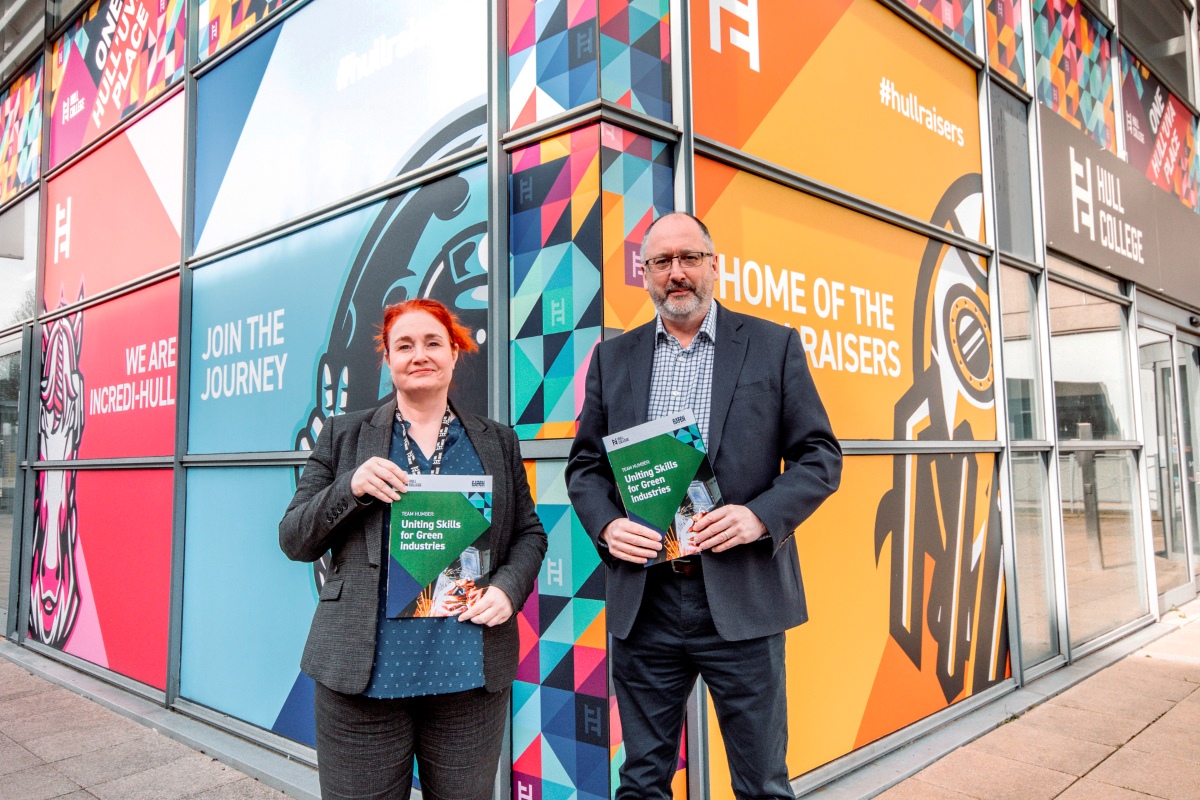Three steps towards successful apprenticeships

Recent statistics have revealed that a worrying 30% of UK apprenticeship starters do not complete them. In 2010/2011 apprenticeship success rates were 76.4% yet in 2013/14 they had dropped to 68.9%. With such a decline in completion rates many have rightly questioned whether the government’s plans to create 3m more apprenticeships by 2020 will help to tackle the skills shortage facing the UK.
The government continues to emphasise the opportunities they will be creating for young people through this commitment and the apprenticeship levy that will be coming in to action in April 2017. Skills Minister Nick Boles has stated, however, that the government does not intend to set a target for achievements or completions.
Details of the forthcoming levy and associated funding model appear to exacerbate this situation, with bias towards completion payments and minimum completion rates being questioned.
With the political focus appearing to be so clearly on ‘starts’ and not ‘completions’, are people right to conclude that the government is now more focused on quantity rather than quality? When combined with the uncertainties and potential complexity of the new funding system many argue that we are right to be concerned.
Over recent months at GetMyFirstJob, we have witnessed first-hand the concern from employers, in both the public and private sector, as well as their training partners, about the way in which these many changes will lead to a more secure and successful apprenticeship system in the UK.
It is well documented that even given these challenges, the benefits of successful schemes will continue to outweigh the potential headache of administration and apprenticeship training costs by far.
Research from the Skills Funding Agency has highlighted that, on average, an apprentice delivers productivity gains of over £10,000 a year. This can double in industries such as manufacturing and engineering. Furthermore, most companies experience positive financial benefits from their apprentices whilst they are still in training. It is estimated that in England, an apprentice can deliver a net gain of £1,670 for the company they are employed with. A Level 3 apprentice will generate an additional lifetime benefit to themselves and their employer of £105,000.
It is clear that initiating a quality apprenticeship scheme can be a huge benefit for employers. If companies seek quality advice and invest both time and money into their training programme, the rewards for both employers and apprentices can be huge.
What is clear though is one simple fact. Government interventions can only go so far, responsibility for the success of UK Apprenticeships lies clearly with one group. Employers. We work with over 100 of the UK’s leading apprenticeship employers and providers; through our work with them we have identified a simple recipe for success.
1. Employers must be clear with the business rationale
Put simply, “Why do you want an apprentice?” Taking on an apprentice simply because there is ‘funding available’ has to be the worst starting place for everyone involved. To my mind, this is one of the biggest risks associated with the Levy. The foundation of any good apprentice programme requires organisations (both public and private sector) to be clear why they need apprentices and what they want to achieve. This might be to address a short term skills gap, developing a future workforce, or even to develop skills for supply chain or partner companies. All of these are great reasons, but must be clearly set out to ensure the right recruitment and delivery decisions and evaluate success.
2. From Training Provider to Training Partner
Having clearly identified the business rationale, establishing a strong partnership between training partner and employer is vital. Good training partners will offer advice, guidance and challenge. They will engage to ensure that content is delivered in the right way for that particular employer. Delivering skills and knowledge in a way that is a good ‘fit’ with the employer’s organisational values is crucial – and often the element that is most highly valued. As a judge at the recent Semta Skills Award, I was impressed with Babcock’s partnership that delivered just this. Taking some of the disciplines and the environment that is more normally associated with the military and transferring them into engineering and power generation was something that is highly valued by their customers.
Don’t be tempted to think that having ‘won’ a client the work is done; instead, recognise that it has barely begun. Strong (and lasting partnership) is only delivered when the advice, guidance and challenge continues. Joint delivery between employer and provider is a strong and proven model. There are few things more motivational for apprentices than presenting to a group of directors and being recognised internally for their progress.
3. Recruiting the right apprentice. It’s more than just a ‘Start’
The single biggest difference between an apprenticeship and full time training programmes – both University and College – is that the apprentice should be first and foremost an employee. They must have a contract. This contract places expectations on both parties that are important. One of the most common reasons for youngsters to ‘drop out’ before the end of their programme is that they have left the job. Why? Because they were never a good fit in the first place. Too many organisations appear to think that hiring an apprentice is something that should be done exclusively by their training provider. Organisations would never outsource the selection of any other employee, so why do it with the employee that has the potential to be there the longest?
Our database of over 230,000 young people gives us a unique insight into the behaviour of young people in their search for work. Why would a young person who has stated an interest in IT or social media take a role in retail? More importantly, what was the process that led an employer (or provider) to think that this candidate would ever stay the course? Young people do change their minds through the recruitment process, but being clear on their motivations to work for a specific organisation in a specific role is absolutely crucial.
So, whilst I like to brag about our 230,000 candidates, or the 20,000 applications we handle each month, these statistics are a red herring. What is far more valuable is the ability to quickly identify the best 5 best fit candidates. Best how? Because they have shown a genuine interest in a specific type of role and are a good ‘fit’. This is not a difficult process, but it does require hard work and good processes. Each of the employers, colleges and providers we work with is continually developing their talent pool which does make this approach easier over time.
If employers – and the FE sector as a whole – adopt this simple recipe for success, then the 3 million starts target is entirely achievable, and (dare I suggest it) we might get a lot closer to a more important 3 million completions too.
David Allison is founder and MD of GetMyFirstJob.co.uk, an innovative web platform that improves the speed and quality of matching young people to the right training provider and employer












Responses